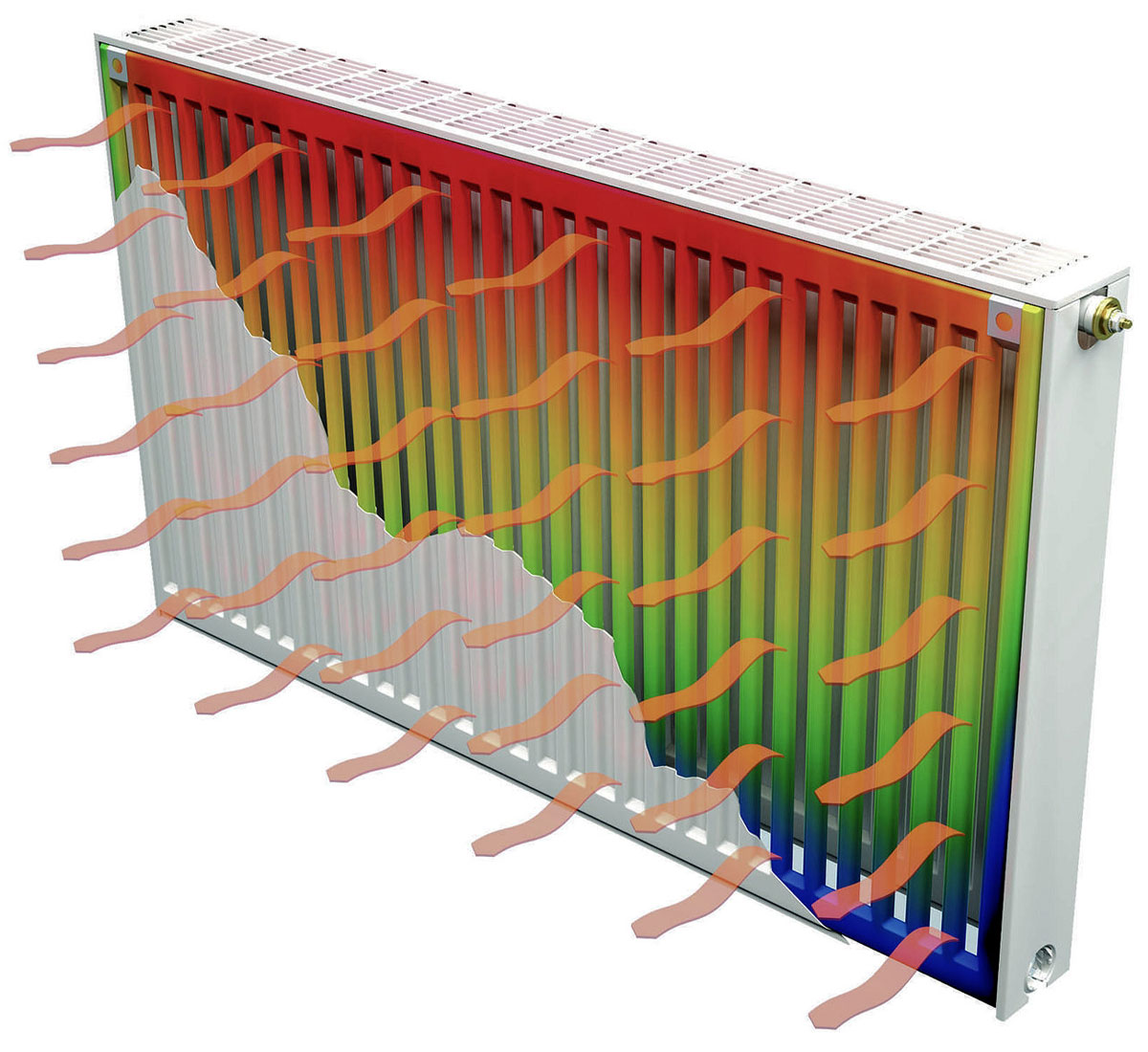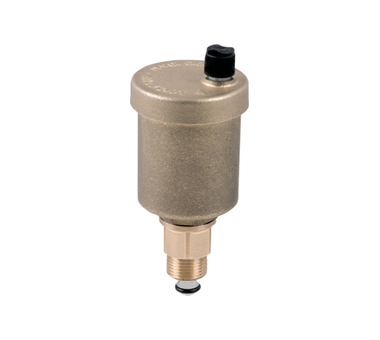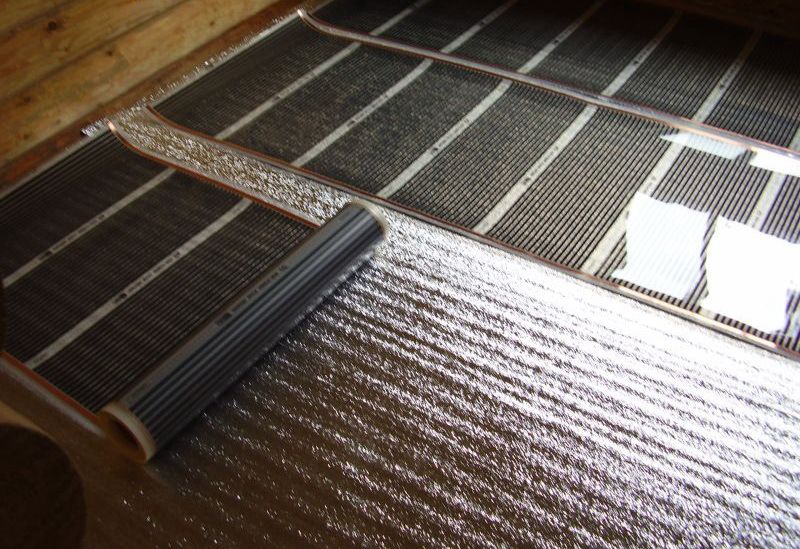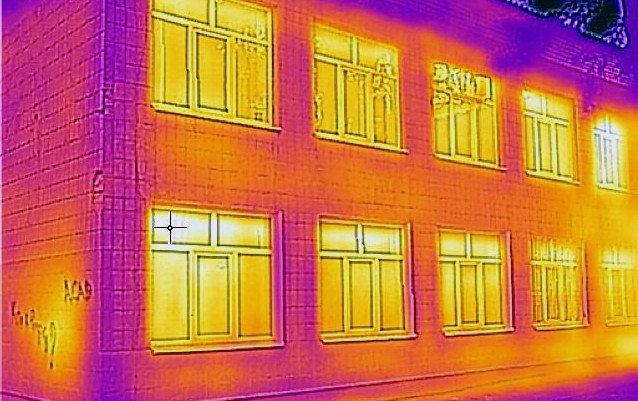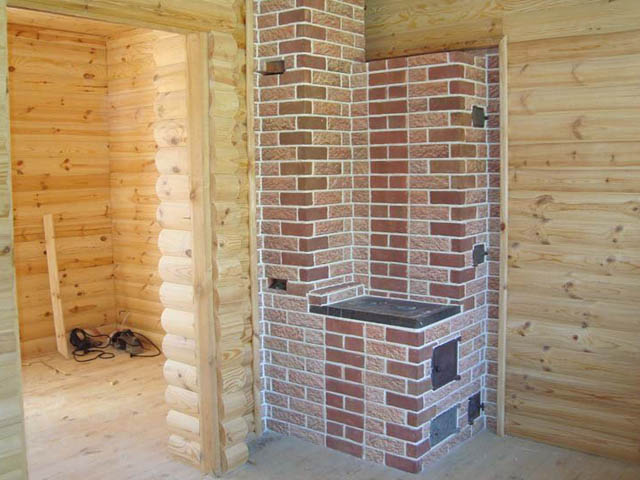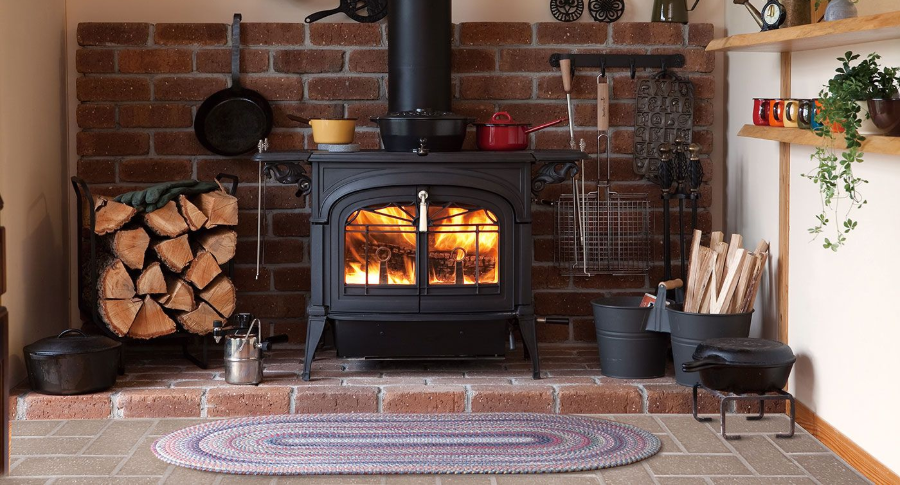Various materials are used to insulate houses. Construction glass wool insulation is considered one of the most popular. It is a compressed slab material made from thin long remelted fibers of glass, sand, lime and dolomite.
Glass wool properties
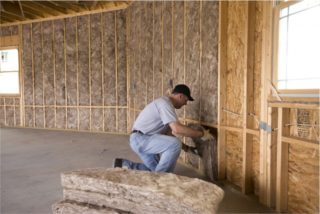
Insulation based on glass wool has a number of properties, for which it has become widespread and in demand. Among them are the following:
- High density. Formed as a result of twisting fibers together into a kind of cocoons. This ensures thermal insulation and impermeability to cold air.
- It absorbs well the noises that can come from humans, animals, machines.
- Fireproof material. The composition contains binder resins, but they do not belong to the group of flammable and spontaneously combustible substances.
- Resistance to external influences: chemical, biological and mechanical. Fiberglass insulation does not lose its shape and size even after prolonged use, it is not gnawed by mice, and fungus does not appear on it.
These characteristics make glass wool a popular material for room insulation.
Types of glass wool
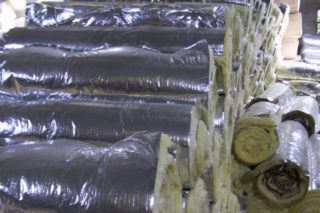
Glass wool is classified according to the method of manufacture and use.
By manufacturing method
It is produced by two methods: continuous production and staple. Packaged in different forms: rolls, mats, shells.
By application
Steklovata is available in various versions depending on the application. The same factor affects the main properties: thermal insulation, sound insulation, elasticity.
- For horizontal masonry (for example, insulation of glass wool floors).
- For external or internal use.
- For pitched roofs.
- For filling gaps.
When choosing the form of packaging for insulation, one should focus on the scope of its application.
Advantages of the material
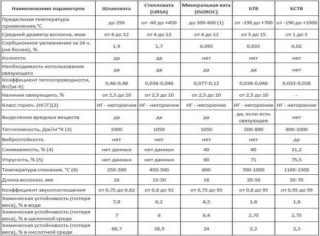
Glass wool is a very flexible material that adheres tightly to planes. Has high strength and vibration resistance.
At high temperatures, the material does not emit harmful toxic substances that adversely affect the human body. For many years it does not lose its qualities.
The material is lightweight; during operation, very little debris remains from it.
Wall insulation methods
For stitching with siding
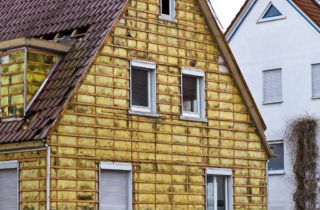
It is better to insulate the walls of the house with mats. First, the surface is leveled and dried. Then a waterproofing film is attached to it. Bars 5x5 in size are stuffed on top of it. The interval between them should be 1 cm less than the width of the cotton wool, due to this, a tight fit of the material to the wall is achieved.
It is necessary to lay the mats sequentially from bottom to top. They are attached to the wall with special dowels. A layer of film is again laid on top, which is glued along the joints and attached to the beams. Finally, the wall is sewn up with siding.
For plaster
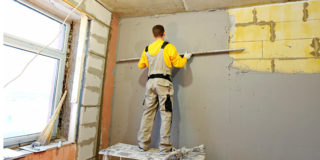
The wall is pre-prepared: cleaned and primed. A frame is made, which is attached to it.They begin to distribute the cotton wool: it is attached in a checkerboard pattern using a special polymer-cement glue. After two to three days, dowels are used for additional fastening. Then the glass wool is pasted over and plastered. The wall is primed, after which it is already possible to start decorative finishing.
Roof insulation
Roof insulation is a very important part, as it loses about 30% of the heat. First you need to perform waterproofing. At the same time, it should be attached with a slight overhang, without stretching. Nails are driven into the rafters with an interval of 40 cm: they will hold the cotton wool until the end of the work. After the insulation is laid, and on top is a metal profile, which is then covered with a waterproofing film. At the end, everything is sewn up with prepared material.
Mineral wool or glass wool
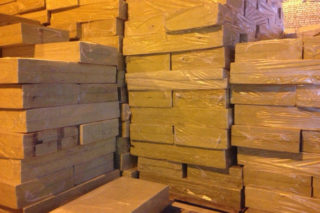
Warming a house is an important issue on which the coziness and comfort of stay depends. The most common materials are stone heat insulator and glass wool.
The difference between mineral wool and glass wool is expressed in the following components:
- Strength and resilience. The thickness of the mineral wool is from 2 to 10 microns. For the second material, this number varies from 3 to 15 microns. At the same time, fiberglass-based insulation fibers are approximately 3-4 times less in length. This is insignificant, but affects the density and elasticity of the products.
- Resistant to temperatures. The limiting temperature of the first is up to 700 ° С, and of the second - up to 450 ° С.
- Convenience in work. Basalt based material is safer than fiberglass. The latter are prickly, so they can cause minor damage to the skin.
- Price. Minvata is usually more expensive. At the same time, it will not be difficult to acquire the material - it can be found in the public domain.
Which is better: glass wool or basalt wool, everyone decides for himself, focusing on the distinctive features. Both materials do a good job with the main task - insulation of premises.

